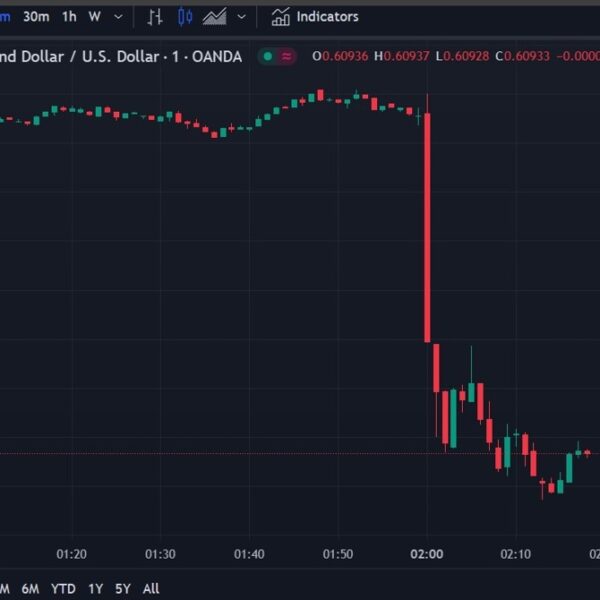There are two related theories of what Donald Trump’s dramatic revision of the global trade system is intended to accomplish.
First, the goal is to revitalize American manufacturing, our capacity to build at home and export to the world. The global free trade system that took shape in the late 20th century served the American empire and American G.D.P. but at the expense of America’s earlier role as a manufacturing powerhouse — and because manufacturing jobs were such an important source of blue-collar male employment, at the expense of the working-class social fabric.
Meanwhile, over time, our manufacturing base didn’t just move overseas, it moved into the territory of our greatest rival, the People’s Republic of China. So rebuilding industry in America has two potential benefits even if it sacrifices some of the efficiencies offered by global trade. Factory jobs fill a particular socioeconomic niche that’s been filled instead by drugs, decline, despair. And having a real manufacturing base is essential if we’re going to be locked into great power competition for decades to come.
Under this theory, though, it would seem like tariffs would be most effectively deployed against China, countries in China’s immediate economic orbit, and developing countries that are natural zones for outsourcing. But the Trump administration has deployed them generally, against peer economies and allies. The policy seems much more sweeping than the goal, the potential damage to both growth and basic international comity too large to justify the upside.
Which is where the second argument comes in — that this policy is about fiscal deficits, not just trade deficits and manufacturing. The same global system that made America a net importer also enabled us to borrow immense sums, but we are reaching the point where that borrowing cannot be sustained, where interest rates on the debt will crush our policymaking capacities even if there isn’t an overall flight from the dollar.
Here tariffs serve several purposes. Most straightforwardly they generate revenue without striking the kind of grand bargain on Medicare and taxes that the two parties are just too polarized to make. (The only way a Republican president can preside over tax increases is to implement them unilaterally while insisting that they will fall mostly on foreigners.)
Secondarily, if they reduce growth, they also encourage a flight to safety in Treasury bills, which reduces the interest rate on government debt (something that’s happening already).
Finally, the trade war creates an opportunity for a larger revision of the global economic system, in which other countries agree to renegotiate the terms of U.S. debt in exchange for more favorable trading terms. (The often-invoked antecedent is the “Nixon Shock,” Richard Nixon’s decision to put an end to the Bretton Woods financial system in 1971 and forge a new financial order.)
You can find a version of this program in a paper from late 2024, “A User’s Guide to Restructuring the Global Trading System,” by the economist Stephen Miran, who not coincidentally now chairs Donald Trump’s Council of Economic Advisers. Miran’s arguments are not the source of Trump’s longstanding tariff fascination, obviously — but they are a useful road map to understanding what the people around the president think they’re doing by putting Trumpism into practice.
Now for my own view. I think trying to reshore some manufacturing and decouple more from China makes sense from a national security standpoint, even if it costs something to G.D.P. and the stock market. Using revenue from such a limited, China-focused tariff regime to pay down the deficit seems entirely reasonable.
I am more skeptical that such reshoring will alleviate specific male blue-collar social ills, because automation has changed the industries so much that I suspect you would need some sort of social restoration first to make the current millions of male work force dropouts more employable.
And I am extremely skeptical of any plan that treats pre-emptive global disruption as the key to avoiding a deficit crisis down the road. The “instigate a crisis now before our position weakens” has a poor track record in real wars — I don’t think trade wars are necessarily different.
The “Nixon shock” was forced upon his presidency to a degree that this shock is not being forced on Trump — and it took a very difficult decade, not just a difficult few months, before the U.S. economy began to clearly rise again. In the current environment, a Trump presidency that produces recession or stagflation is very unlikely to have a successor eager to see Trump’s trade policy through. And meanwhile China stands ready to welcome nations that prefer to bandwagon against us rather than coming to terms.
Miran, in his crucial paper, seemed to partially agree with my aversion to crisis, suggesting that any sweeping tariff system be phased in gradually, with steps to “mitigate any adverse consequences” and potential “impacts of such a system on global markets.”















